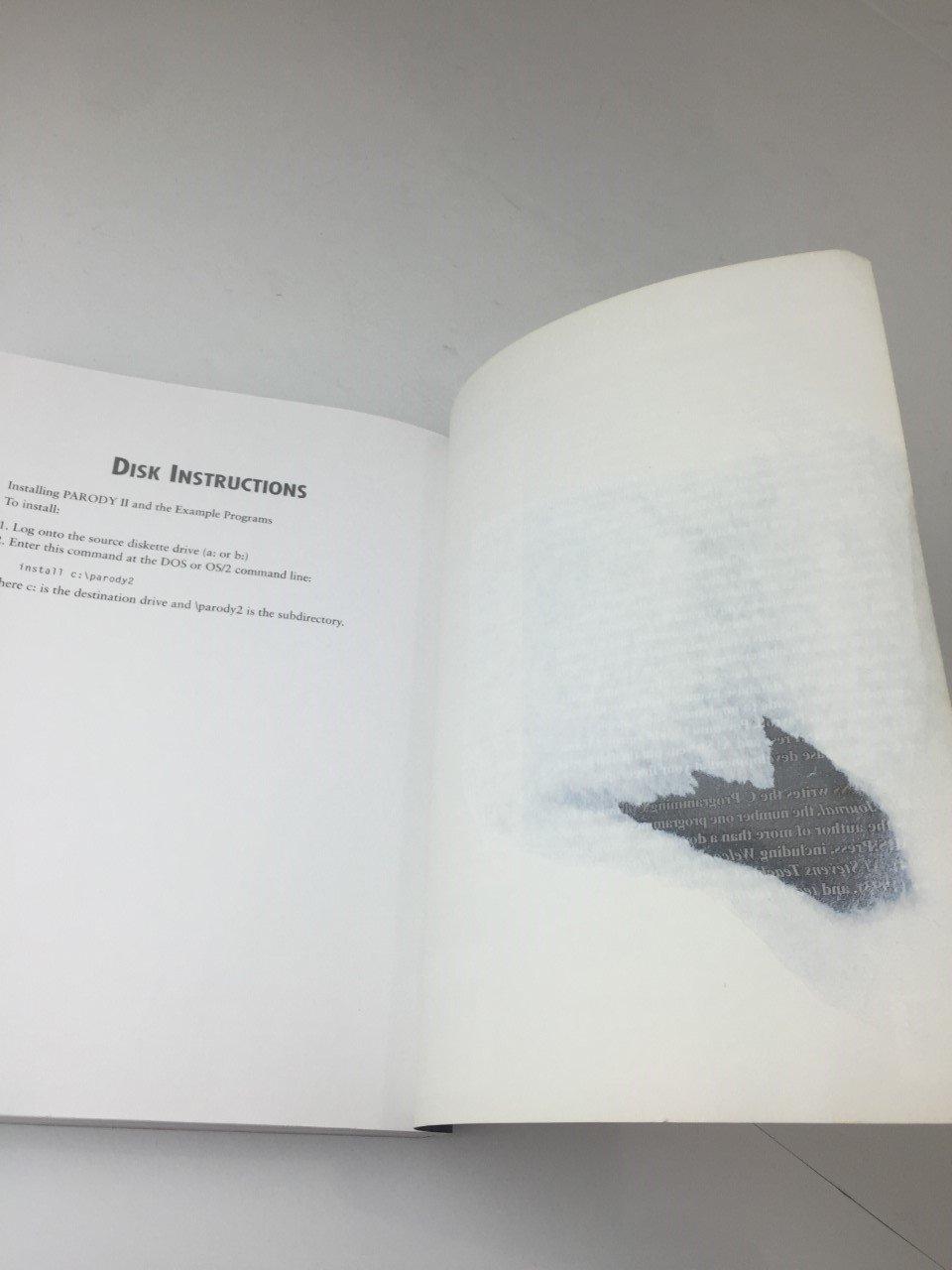Question
1. Which one of the following memory areas is not part of the SGA? A. Database Buffer Cache B. PGA C. Redo Log Buffer D.
1. Which one of the following memory areas is not part of the SGA?
A. Database Buffer Cache
B. PGA
C. Redo Log Buffer
D. Shared Pool
2. Which of the following statements are true about the Shared Pool? (Choose all the applicable answers.)
A. The Shared Pool consists of the Data Dictionary Cache, Shared SQL area, Java Pool, and Large Pool.
B. The Shared Pool can be dynamically resized.
C. The Shared Pool is used for object that can be shared globally.
D. The Library Cache consists of the most recently used SQL and PL/SQL statements.
3. Which one of the following memory areas is used to cache the data dictionary information?
A. Database Buffer Cache
B. PGA
C. Redo Log Buffer
D. Shared Pool
4. Which two of these are not part of the Shared Pool?
A. Dictionary Cache
B. Redo Log Buffer
C. Library Cache
D. Database Buffer Cache
5. The PGA is a memory region that contains data and control information for multiple server processes
or multiple background processes.
A. True
B. False
6. Which of the following becomes available when an Oracle instance is started.
A. User process
B. Server process
C. Background processes
D. Foreground processes
7. The physical structure of an Oracle database consists of control files, data files, redo log files, and
archived log files.
A. True
B. False
8. Which statement about starting an instance without mounting the database (NOMOUNT) is true?
A. Use this startup state for renaming data files.
B. Use this startup state to perform a full database recovery.
C. Use this startup state to open the online redo log files and online data files.
D. Use this startup state for database creation of database or recreation of the control files.
9. Evaluate this statement: CREATE SPFILE FROM PFILE;
Which statements of the above statement are true? (Choose all the applicable answers.)
A. This statement requires the SYSDBA or SYSOPER role to execute.
B. This statement will only execute if the PFILE is available on the server.
C. This syntax CANNOT be reversed to create a PFILE from an SPFILE.
D. This statement will NOT execute because a name for the SPFILE was NOT specified.
10. Match the process with its task.
A. Database Writer 1 Assists with writing to the data file headers
B. Log Writer 2 Cleans up after failed processes
C. System Monitor 3 Responsible for instance recovery
D. Process Monitor 4 Records database changes for recovery purposes
E. Checkpoint 5 Writes dirty buffers to the data files
11. Which of the following is an invalid database start-up option?
A. STARTUP NORMAL
B. STARTUP MOUNT
C. STARTUP NOMOUNT
D. STARTUP FORCE
E. STARTUP OPEN
12. Which SHUTDOWN option requires instance recovery when the database is started the next time?
A. SHUTDOWN IMMEDIATE
B. SHUTDOWN TRANSACTIONAL
C. SHUTDOWN NORMAL
D. SHUTDOWN FORCE
E. None of the above
13. You create a table with the following command:
SQL> CREATE TABLE test
(Col1 Varchar2(30) Primary Key) Tablespace testdata
Storage (Initial 50M Next 100M Pctincrease 20) Minextents 1 Maxextents 200);
How large the 4th extent Oracle allocates?
14. The contents of the Shared Pool are managed using what type of algorithm?
A. Least Recently Needed
B. Least Recently Used
C. Least Recently Accessed
D. Least Recently Parsed
15. When performing the command SHUTDOWN IMMEDIATE, Oracle performs the following tasks in what order?
A. Closes all files
B. Disconnects the users
C. Rolls back all current uncommitted transactions
D. Shuts down instance
E. Dismounts the database
16. Which of the following is not typically a responsibility of an Oracle database administrator?
A. Creating new users
B. Creating database objects
C. Installing Oracle software
D. Application development to manipulate database data
E. Backing up the database
17. During the transition from NOMOUNT to MOUNT mode, which file or files are required?
A. Parameter file
B. Control files
C. Online redo logs
D. Data files
E. All of the above
18. Which initialization parameter can be manual dynamic tuned?
A. DB_KEEP_CACHE_SIZE
B. DB_RECYCLE_CACHE_SIZE
C. DB_nK_CACHE_SIZE
D. SGA_TARGET
E. All of the above
19. Which four memory pools are automatically sized when you are using Automatic Shared Memory Management? A. Database buffer cache B. Keep buffer cache C. Java pool D. Recycle buffer cache E. Shared pool F. Log buffer G. Large pool
20. Which files must be synchronized for a database to open?
A. Data files, online redo log files, and the control files
B. The parameter file and the password file
C. All the online redo log files and the archived log files.
D. None. SMON will synchronize all files by instance recovery after opening the database.
Step by Step Solution
There are 3 Steps involved in it
Step: 1

Get Instant Access to Expert-Tailored Solutions
See step-by-step solutions with expert insights and AI powered tools for academic success
Step: 2

Step: 3

Ace Your Homework with AI
Get the answers you need in no time with our AI-driven, step-by-step assistance
Get Started


